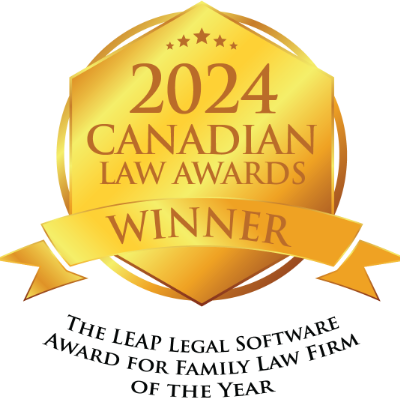Supervised Child Access and Contact
Lorne MacLean, QC has successfully guided his clients in supervised child access and contact cases for over 34 years. He knows that supervised child access is artificial and courts must be careful not to weaken or destroy a parent child bond through this intrusive form of child access regime. Protecting a child always trumps parents who feel they have rights. Remember that in supervised child access cases the child has the rights to see a parent if it is in their best interests while parents have obligations to be the best parent they can be. Conditional and supervised child access cases are difficult and often expert evidence is required to get to the bottom of real or imagined parenting capacity concerns. Contact Vancouver’s top rated family law firm to get the help you need to sort out this difficult cases.
Best Interests Only Factor
A recent case of JAF v JJF restates the principles of focusing only on the best interests of the child and on the principle of maximum contact which Lorne N MacLean QC articulated successfully for his winning client in Canada’s most famous child custody case of Young v. Young.
Maximum Contact With Both Parents is Child’s Right
Here is a great summary for parent’s involved in a supervised child access dispute:
[109] A concise summary of the applicable legal principles is set out in the decision of Butler J. in G.G. v. M.A., 2014 BCSC 1023, aff’d, 2015 BCCA 383 at paras. 77-78:
77 …In arriving at my decision, I am guided by the provisions of s. 16 of the Divorce Act, R.S.C., 1985, c. 3 (2nd Supp.). In J.S. v. G.J.S., 2005 BCSC 1373 at para. 39, Rice J. nicely summarized the relevant provisions of that section:
Section 16 of the Divorce Act, expressly mandates that the best interests of the child is the only consideration in a custody or access dispute. The court must determine “best interests” by assessing “the condition, means, needs and other circumstances of the child” (s. 16(8)). Parliament singled out only two factors of special importance to guide the court in its assessment: First, the court is forbidden to consider the past conduct of a parent unless that conduct is relevant to the person’s parenting ability (s. 16(9)). Second, the court must ensure that a child has as much contact with each parent as is consistent with that child’s best interests. In applying this principle of maximum contact, the court must consider the willingness of the person seeking custody to facilitate such contact (s. 16(10)).
78 Section 37(2) of the Family Law Act, S.B.C. 2011, c. 25 (“FLA”), lists factors to be considered when a court is deciding what is in the best interests of a child. As noted by Humphries J. in Hansen v. Mantei-Hansen, 2013 BCSC 876 at para. 61, the considerations listed are those that can be gleaned from a perusal of case law under the Divorce Act and the FRA.
Supervised Child Access Not A Viable Long Term Solution
Our supervised child access lawyers know the test for supervised access balances the need to protect a child from harm with the need for a child to maintain a warm and strong bond with both parents.
[110] Supervised access “is just one small step away from a complete termination of the parent-child relationship”: V.S.J. v. L.J.G., [2004] O.J. No. 2238, at para. 1. An order for indefinite supervised access, providing neither transition to unsupervised access nor a fixed review date should be made in rare circumstances: F.K. v. M.K. 2010 BCSC 563, at para. 150, citing Merkand v. Merkand, [2006] O.J. No. 528 (C.A.), leave to appeal refused, [2006] S.C.C.A. No. 117.
Remember parents are forever. Call our BC supervised child access lawyers immediately if you have a dispute involving your children at 1-877-602-9900.








